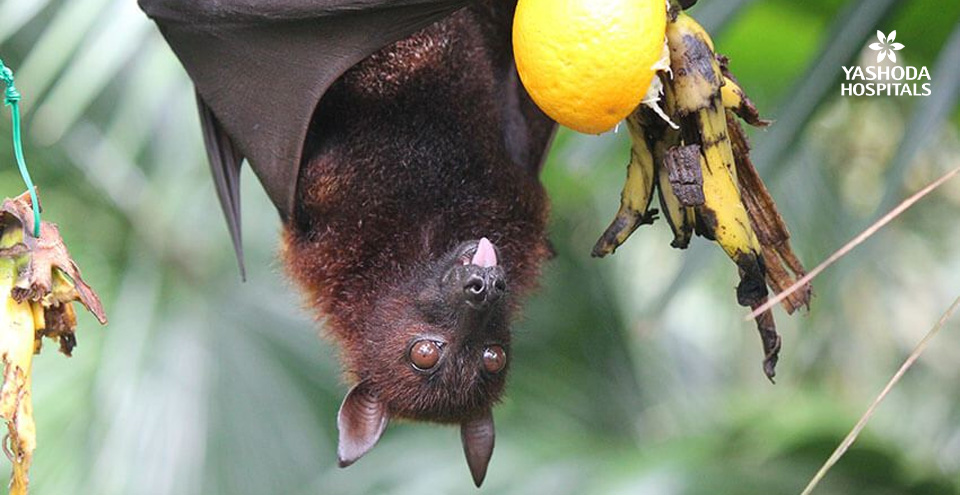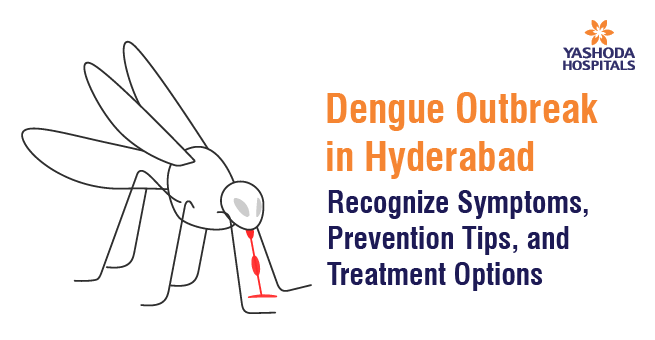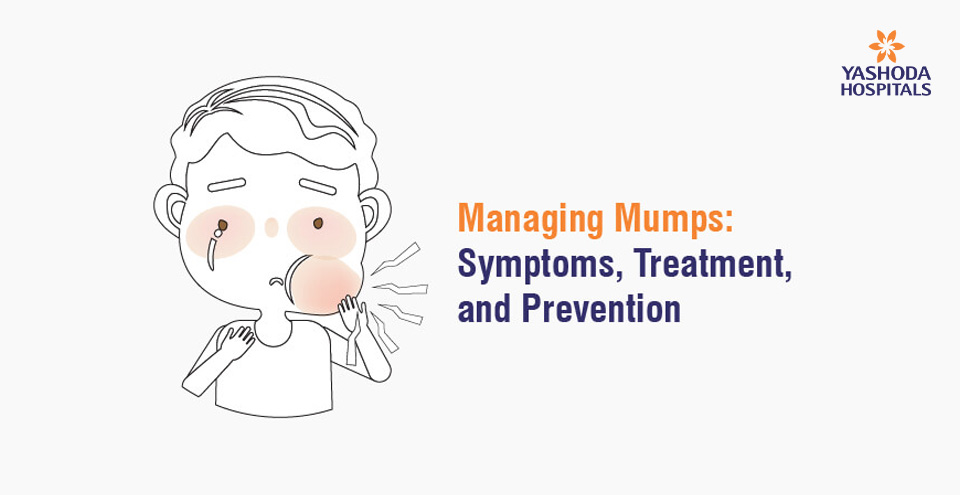Nipah Virus, a New Viral Threat

All you need to know about the Nipah virus infection
You must be aware of Nipah virus infection, the resurfaced endemically in Kerala. Though the disease may not be an immediate threat for states other than Kerala, it is still important for us all to be aware of the ways to prevent and manage Nipah virus infections and its symptoms.
Nipah virus infection is a newly emerged zoonosis (disease transmitted to humans from animals) affecting south-east Asia. The current endemic in Kerala is an infectious sequel of similarly serious Nipah outbreaks in several districts of West Bengal from 2001 to 2008. The infective virus was named after Nipah, a Malaysian village after the virus was first identified in the year 1998.
Nipah virus infection is a communicable disease
Nipah virus infection spreads from infected person to another. Scientists believe that the Nipah virus spreads to humans from animals (bat and pigs) through infected environmental contaminants such as infected fruits or raw date palm sap tapped directly from trees. Broadly, the virus may thrive and spread through excretions such as saliva, urine and excreta of the infected bats. Thus, the person may get infected by eating the fruits laced with the virus from bat’s saliva.

How do I know that I am infected with Nipah virus?
The virus has an incubation period of 4 to 18 days, so the symptoms may show up in 3 to 14 days after contacting Nipah virus. Nipah virus infection is a highly morbid disease with a fatality risk of 9 – 75%.
Nipah virus infection affects the human respiratory and central nervous systems and shows the following symptoms –
- Fever
- Headache
- Dizziness
- Disorientation
- Stomach pain and vomiting
- Muscle pain
- Mental confusion
- Convulsions
- Respiratory symptoms quite similar to that of influenza, such as cough.
The virus can pass through the blood-brain barrier and has been found in the brain and spinal fluids of the patients. Infected patients may show encephalitis and brainstem dysfunction which may cause serious symptoms related to central nervous system resulting in coma and death.
Long-standing symptoms such as persistent convulsions and personality changes are noted. Also, latent symptoms and death are observed years after primary infections.
How is Nipah virus infection diagnosed?
The doctor may suggest certain lab tests to confirm the Nipah virus infection –
- Blood test
- – Serum neutralization test
- – ELISA
- – RT-PCR
- Brain MRI for differentiating Nipah encephalitis from other encephalitis
How can Nipah virus infection be prevented?
The disease may spread from an infected person to another. The virus may also spread through infected fruits and poor hygiene. Here are a few preventive measures you must know –
- Avoid visiting the endemic area
- Avoid fruits that are fallen off from the trees
- Avoid sap of raw date palms
- Avoid drinks made near the palm trees
- Avoid direct contact with bats or pigs in the epidemic areas
- Maintain absolute general hygiene, wash your hands frequently
- Maintain quarantine from the infected individual
- Stay home if you are sick
- Handle and prepare food safely
- Ensure distance from the dead; avoid kissing or hugging the person who died of Nipah infection.
How is Nipah virus infection treated?
Nipah virus infection is primarily treated with intensive supportive care. There is no anti-Nipah vaccine approved against the Nipah virus. The treatment is aimed at managing fever and other respiratory and neurological symptoms.
How can Nipah virus endemic be curbed?
Being aware and prepared for the Nipah viral epidemic can help in controlling the situation.
- Infective virus easily spreads through bats and their excreta. Avoid eating fruits that are suspected to be infected.
- Early detection: Raising awareness regarding transmission and symptoms.
- Since bats are migratory, the disease may spread to other geographies. Intensive surveillance is thus important.
- Safe infection control practices in hospitals to prevent human-to-human infections.
Future Outlook:
Nipah virus and Hendra virus is another virus that belongs to Hepina virus genus. Antibodies to Nipah virus have been found in fruit bats in India, Indonesia and Timor-Leste. An investigational subunit vaccine with cross-protective antibodies to Hendra (HENV) and Nipah (NIPV) viruses shows potential protection in humans.
Reference:
- Emergencies preparedness, response. Nipah Virus (NiV) Infection. Available on http://www.who.int/csr/disease/nipah/en/ Accessed online on 22 May 2018.
- Nipah virus infection. Factsheet. http://www.searo.who.int/entity/emerging_diseases/links/CDS_Nipah_Virus.pdf?ua=1Accessed online on 22 May 2018.
- Center for disease control and prevention. Signs and Symptoms. https://www.cdc.gov/vhf/nipah/symptoms/index.htmlAccessed online on 22 May 2018.
- Center for disease control and prevention. Prevention. https://www.cdc.gov/vhf/nipah/prevention/index.htmlAccessed online on 22 May 2018.




















 Appointment
Appointment WhatsApp
WhatsApp Call
Call More
More